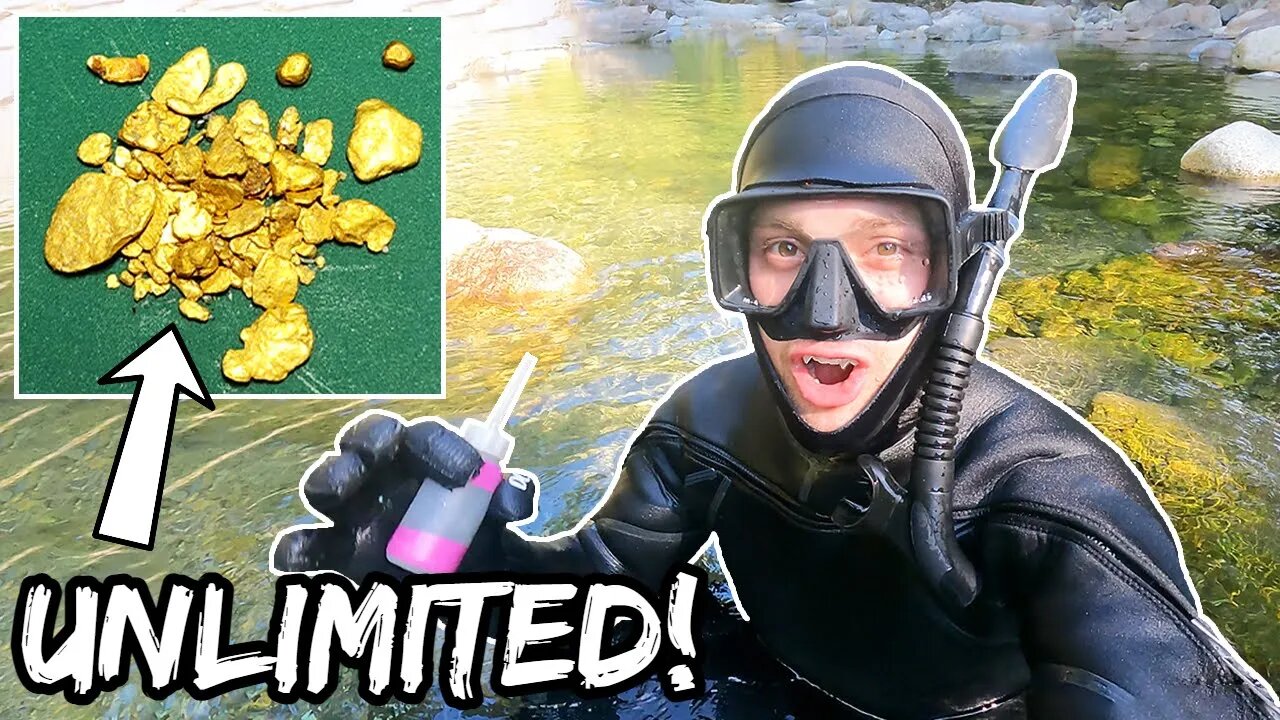In the wake of natural disasters like floods, one might find it surprising that some individuals engage in a unique and somewhat unconventional activity—sniping for gold. This practice might seem unusual at first glance, but delving deeper unveils a fascinating pursuit laden with history, excitement, and the potential for substantial gain.

The aftermath of floods often leaves a trail of destruction, reshaping landscapes and altering the course of rivers. However, amidst this chaos, certain valuable minerals, particularly gold, can be unearthed or shifted from their original deposits, leading to their discovery in unexpected locations. This phenomenon has given rise to a niche community of individuals who are adept at seizing these opportunities, colloquially known as “gold snipers.”

The concept of sniping for gold involves a meticulous search and extraction process in the aftermath of a flood. These individuals, equipped with specialized tools such as pans, sifters, and even metal detectors, comb through affected areas in search of gold deposits that may have been revealed or displaced by the floodwaters. It’s a process that requires patience, skill, and a keen understanding of geological formations.

What drives individuals to engage in this practice is the allure of discovering gold in areas where it wasn’t previously known to exist. The thrill of uncovering a valuable find amidst the debris left by a natural disaster adds an element of adventure to this pursuit. Moreover, the potential for financial gain acts as a significant motivator, as gold holds inherent value and can fetch high prices in the market.
One of the key strategies employed by these gold snipers is to target specific locations likely to yield positive results. Understanding the behavior of water flow during floods and identifying potential spots where gold may accumulate due to its density and properties become pivotal in their search. These locations could be riverbanks, crevices, or areas where gold tends to settle when carried by water.

Despite the allure and potential rewards, it’s important to note that sniping for gold after floods isn’t without its challenges and ethical considerations. Environmental impact, permissions, and adhering to regulations are crucial aspects that responsible gold snipers take into account. They aim not only to discover gold but also to ensure minimal disruption to the environment and surrounding ecosystems.
In conclusion, while the idea of sniping for gold after floods might seem unconventional, it represents a fascinating amalgamation of history, adventure, and the pursuit of valuable treasures. Driven by the allure of discovery and the potential for financial gain, individuals engage in this practice with a blend of skill, patience, and a deep understanding of geological nuances. However, it’s imperative to approach this activity responsibly, mindful of its environmental impact and adherence to regulat





